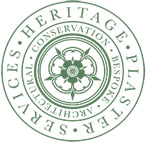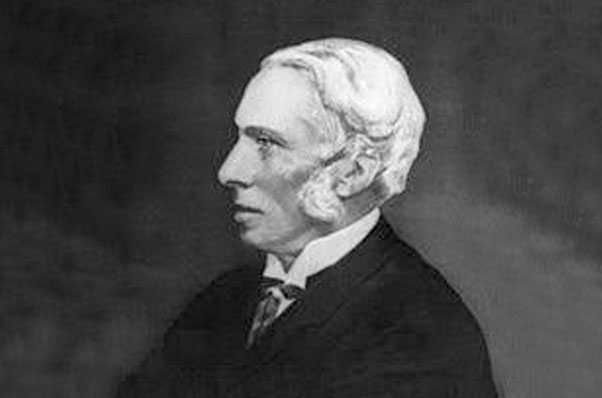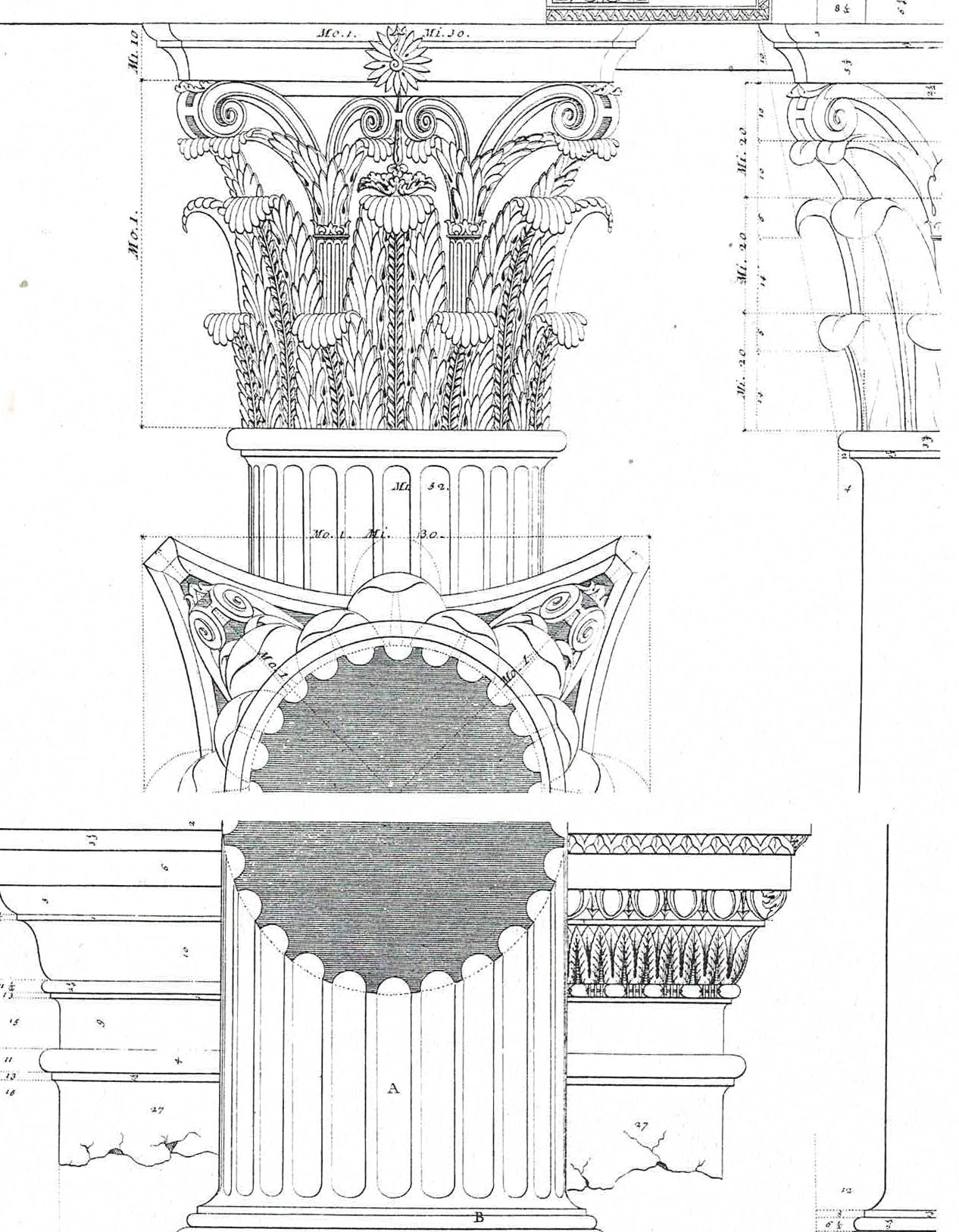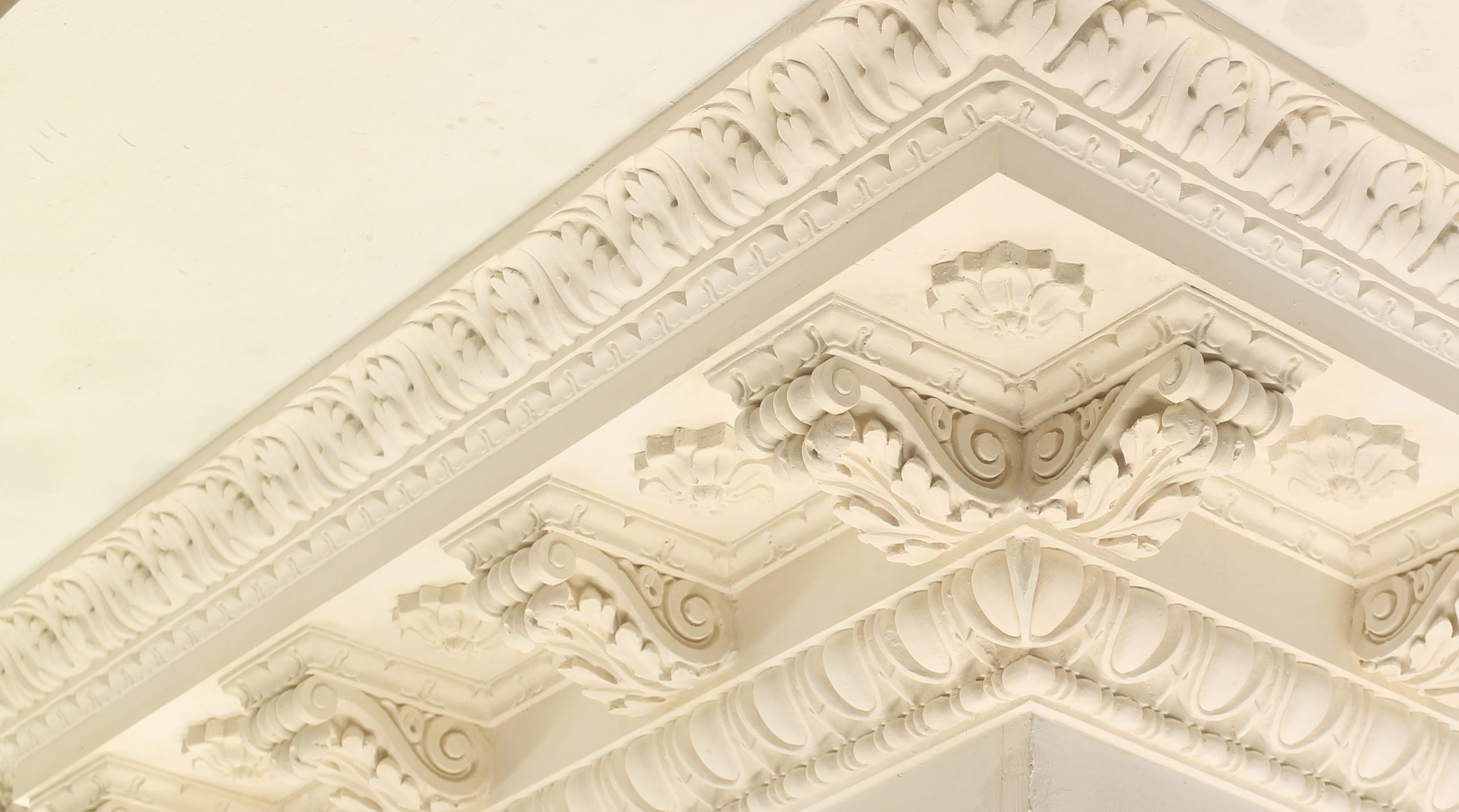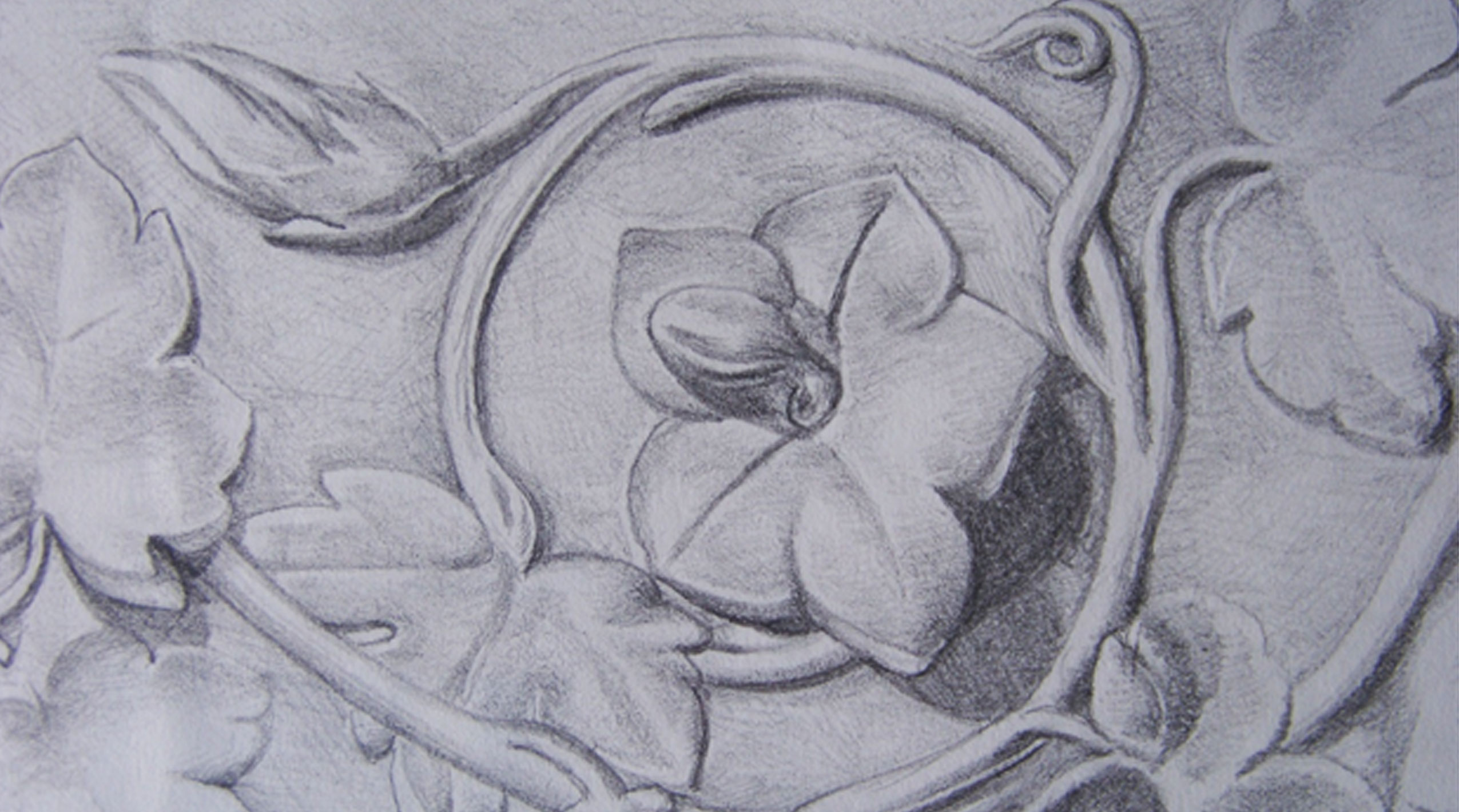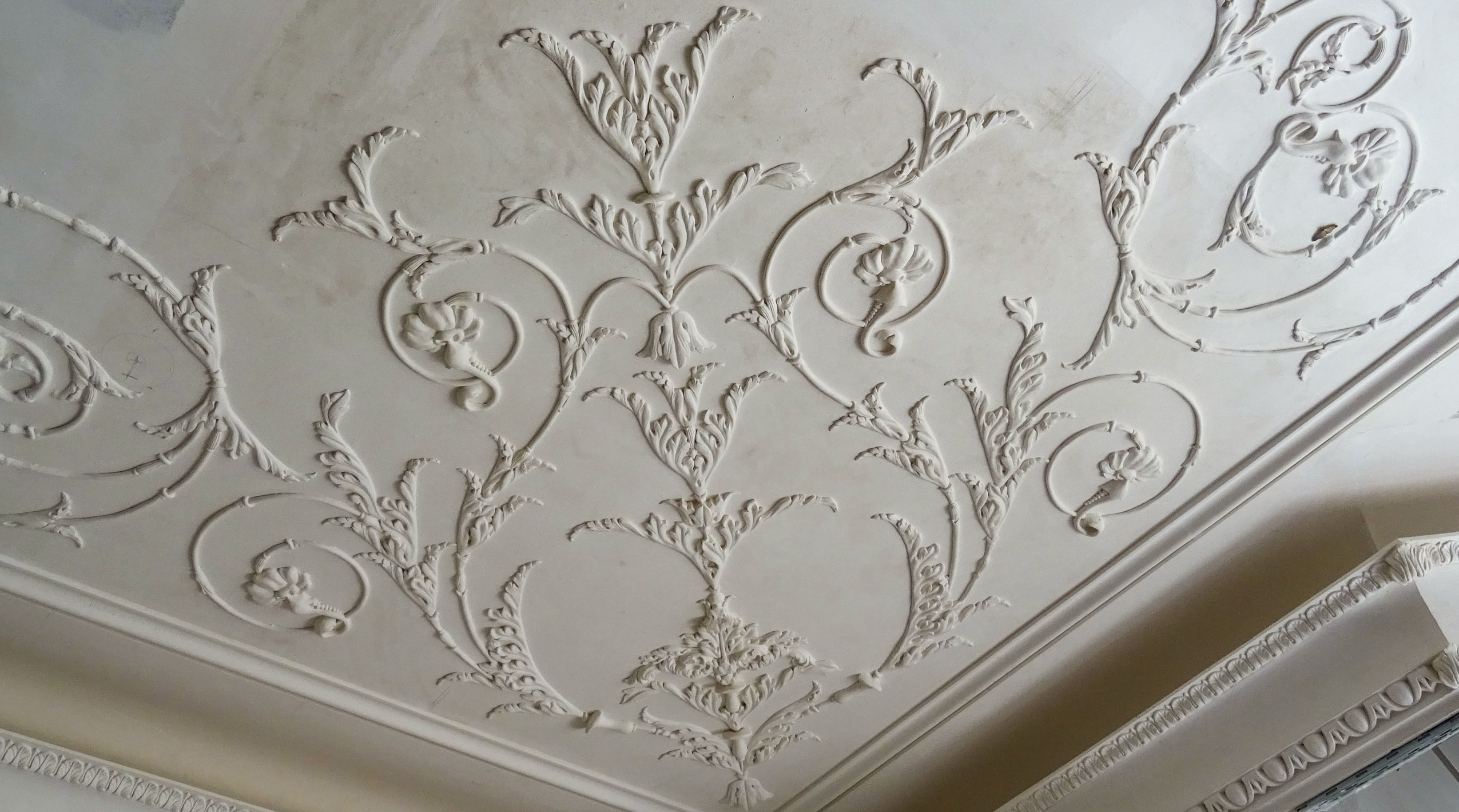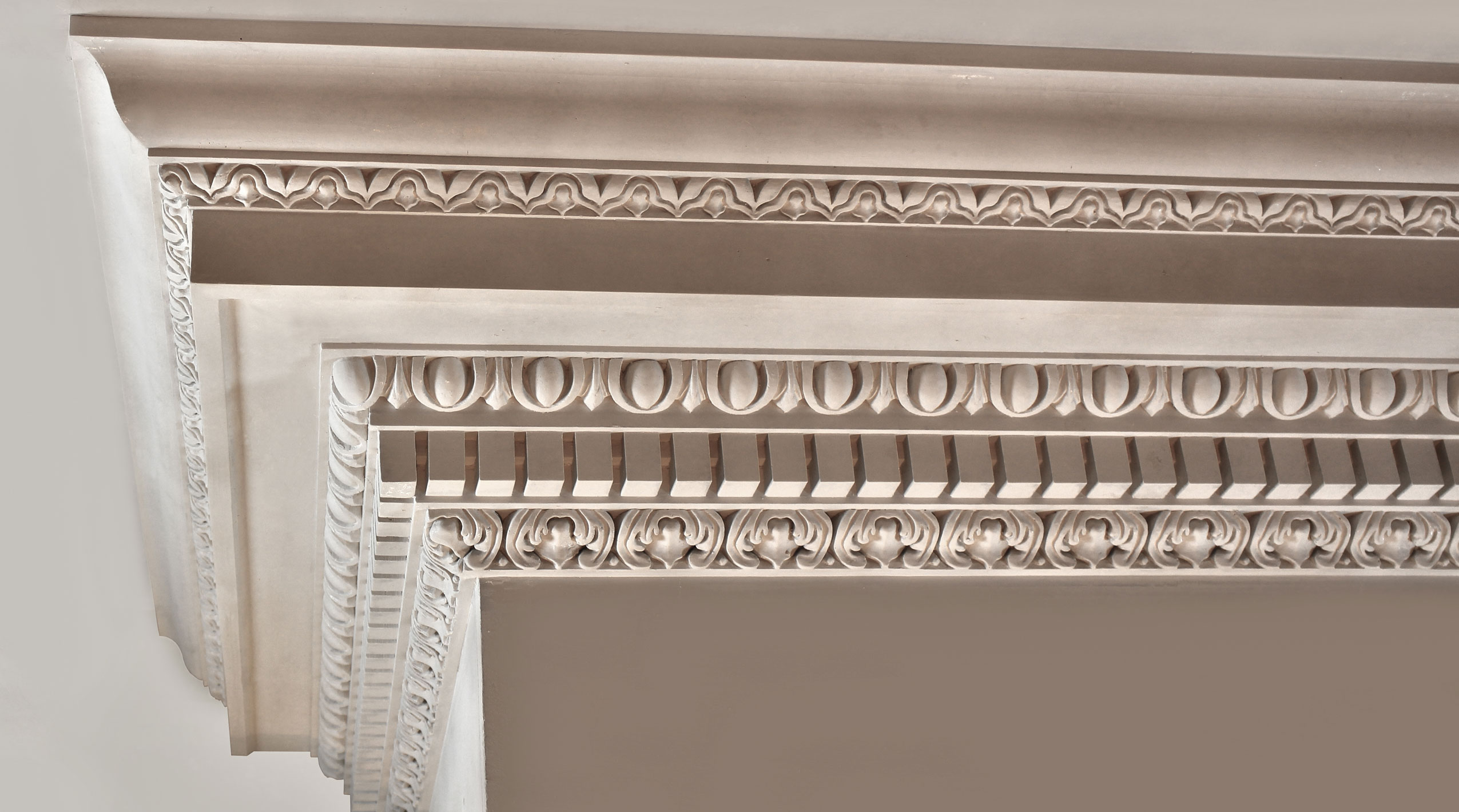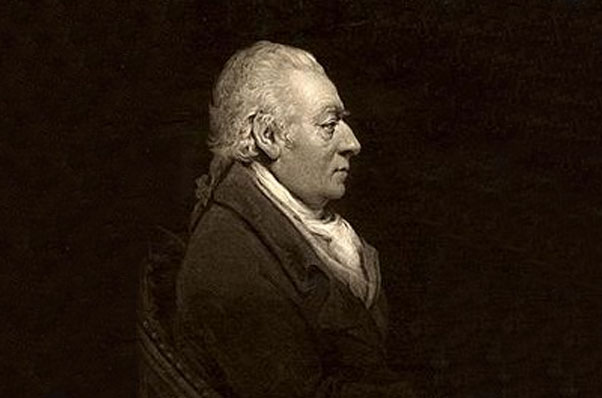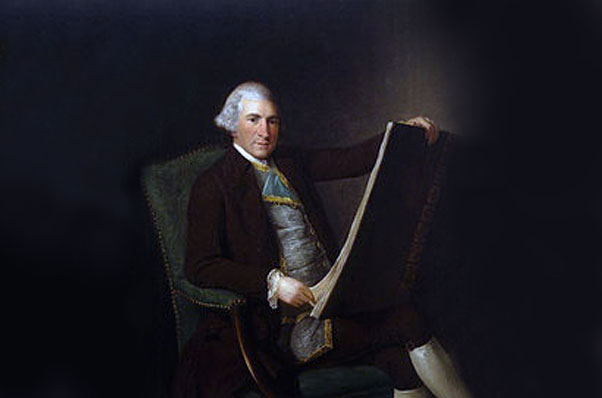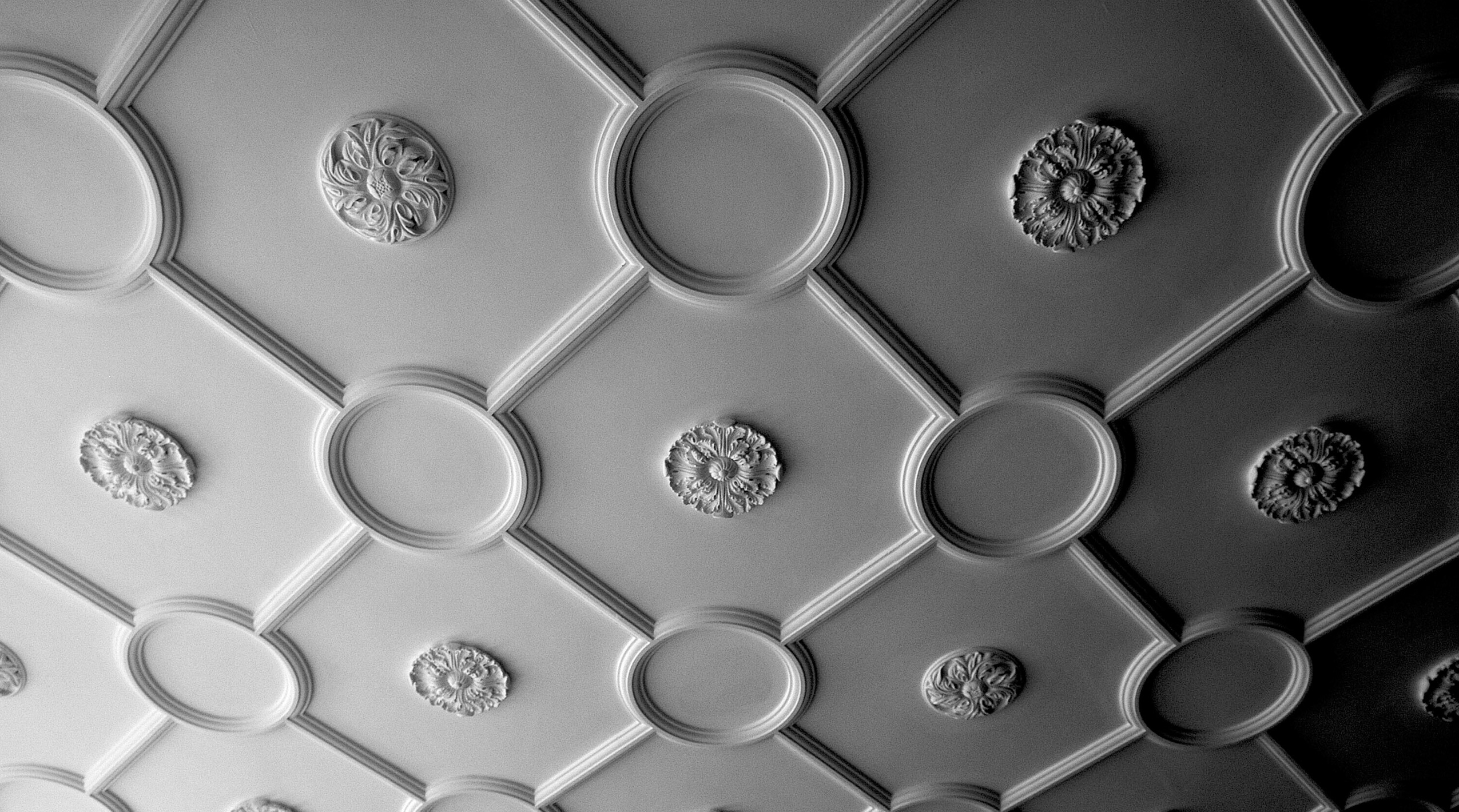Richard Norman Shaw 1831 – 1912
- A Scottish architect and urban designer, known for his country houses and commercial buildings, as well as his role in the English Domestic Revival movement. His influence on architecture style was strongest in the later 19th century. His designs for domestic buildings was an element of influence on the American Shingle style.
- Shaw apprenticed to William Burn, then attended the architectural school of the Royal Academy of Arts (London), where he acquired his classical education, and after begun an independent practise in 1862.
- An eclectic architect, Shaw worked in a range of styles; Gothic Revival, Neo-Baroque (influenced by 1600s English Palladian architecture), the Picturesque, vernacular architecture. He was influenced by designs by Devey, Nesfield, Butterfield and Street. He was also influenced by A. W. N. Pugin’s writings.[1]
- An “architectural Picasso” who unleashed “a flood of the most individualistic house-design London had ever seen.” – Henry-Russell Hitchcock[2]
- Shaw’s town houses followed an adaptation of the 18th century Queen Anne styles (due to his drawing inspiration from the domestic architecture of the William and Mary period in England, and the domestic architecture of the Netherland’s[3]. His country houses from the English Manorial style from the 1500s, incorporating the building materials local to the buildings.
- Notable works: Lowther Lodge, Kensington, (London), Hampstead, Old Swan House (Chelsea). The New Scotland Yard Building (Whitehall, London), which was renamed to The Norman Shaw Building in 1967. Cragside, (Northumberland), Grim’s Dyke, (London), Chigwell Hall, (Chigwell, Essex). A garden suburb in Bedford Park, which was the first of its kind and therefore incredibly influential on the development of suburban planning. [4] Portland House (London, one of the first buildings in England with a reinforced concrete frame).
- His work on the New Scotland Yard mixed many eclectic elements; the tourelles of small French chateaux, Scottish Baronial architecture, Baroque doorcases and aedicules in the gables of the building.[5]
- Following his retirement in 1896, Shaw was considered the leading British architect, with his work known internationally in various publications (Architecture: A Profession or an Art being one he himself co-edited).
[1] https://www.encyclopedia.com/people/literature-and-arts/architecture-biographies/richard-norman-shaw
[2] “Architecture Nineteenth and Twentieth Centuries”, Hitchcock, H.R
[3] https://www.encyclopedia.com/people/literature-and-arts/architecture-biographies/richard-norman-shaw
[4] https://www.britannica.com/biography/Norman-Shaw
[5] https://www.encyclopedia.com/people/literature-and-arts/architecture-biographies/richard-norman-shaw
